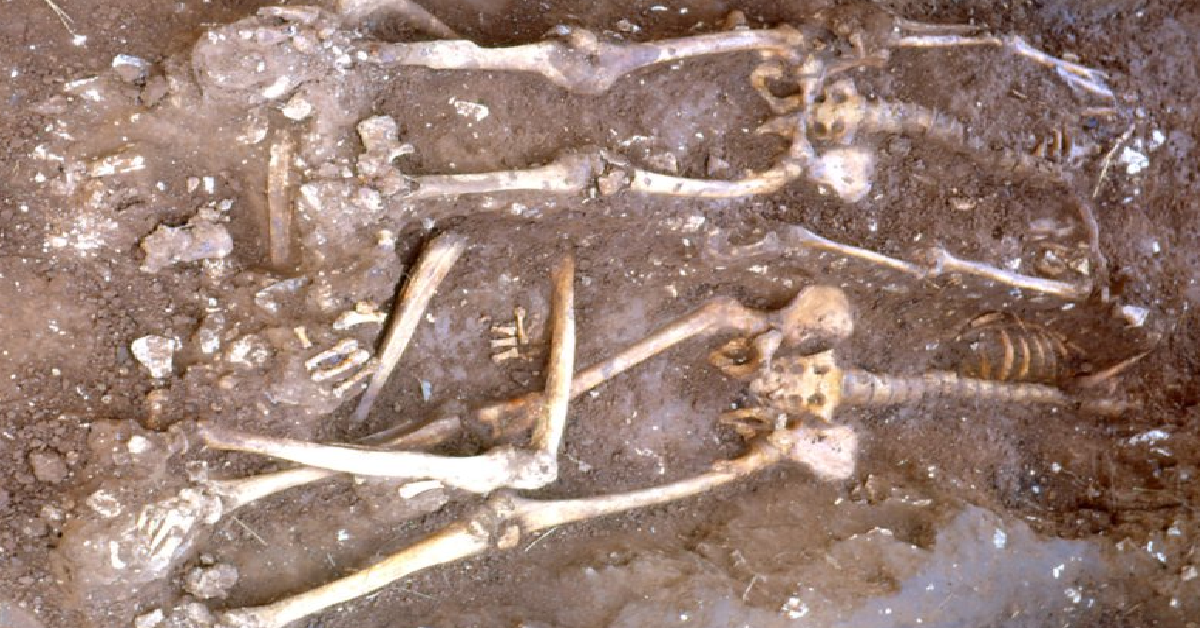Archaeologists Just Found Dozens Of Beheaded Skeletons In A British Village
The discovery was made as part of an archaeological excavation taking place for the High-Speed 2 railway that’s being built.
If you haven’t heard of the HS2, it is short for “High-Speed 2,” and it is a high-capacity railway that will really change the way that people travel in Great Britain.
Since the railway will be passing through some areas with a lot of history, they don’t want to completely destroy the history in order to move into the future. Teams of archaeologists have been assembled to ensure that excavations take place in advance of the railways being put down.

They have found a number of things but one interesting find that recently happened was in Fleet Marston, an ancient Roman village. This village, which is not very far from Oxford, used to be a busy location.
In the archaeological dig, they were able to find some 1,200 gold coins and a number of lead weights, showing that it was a center of commerce. They also found parts of the road that were wide, which, according to a news release from HS2, may have meant that there was room left over for carts and stalls as a type of market.
They also found evidence that it was a place where people lived so it was more than just a commercial center. Some of the items that were found included pottery, spoons, and other items. They shared a photo of some of the pottery on Instagram:
https://www.instagram.com/p/CZ4GH1fM2r0/
They were also able to find 425 graves as part of an ancient cemetery. In some of the graves, the deceased had been cremated but the majority of the bodies were buried and in some degree of decomposition.
This includes about 10% of the people who were buried without their heads intact. It seems as if they had their heads removed at some point and they were either placed in the grave with them by their feet or between their legs.
Live Science reports that nobody is really sure about why these beheadings took place. If you want to get right down to it, there are other areas where burials from the Roman Empire show decapitated individuals, but there are more in Britain than in other areas.

The beheading may have been part of a funerary custom but the beheading was also a type of execution in the area at the time, or at least one of the ways that executions took place. In other words, some of those who were in the cemetery found in Fleet Marston may have been criminals that were executed. That being said, why were the heads placed so far from the neck? There may have been a spiritual reason for that, as it may have been to keep the dead from haunting the living.
In a 2021 study, archaeologists from the University of Cambridge had the following to say about another, similar find: “No mention of the practice is made in Latin literature, but folklore and mythology from other times and places across Europe consistently suggest that heads were cut off and placed by the feet post-mortem to silence unquiet spirits or to prevent dead bodies from rising from the grave.”
Since Roman law dictated that the bodies of executed criminals be returned to their families, they may have been given a normal burial, minus the head.
SKM: below-content placeholderWhizzco for DOT

